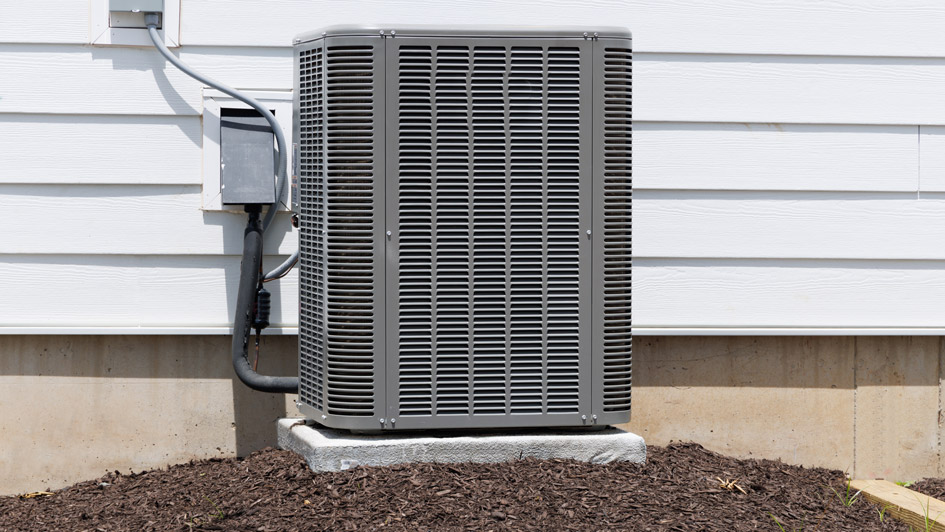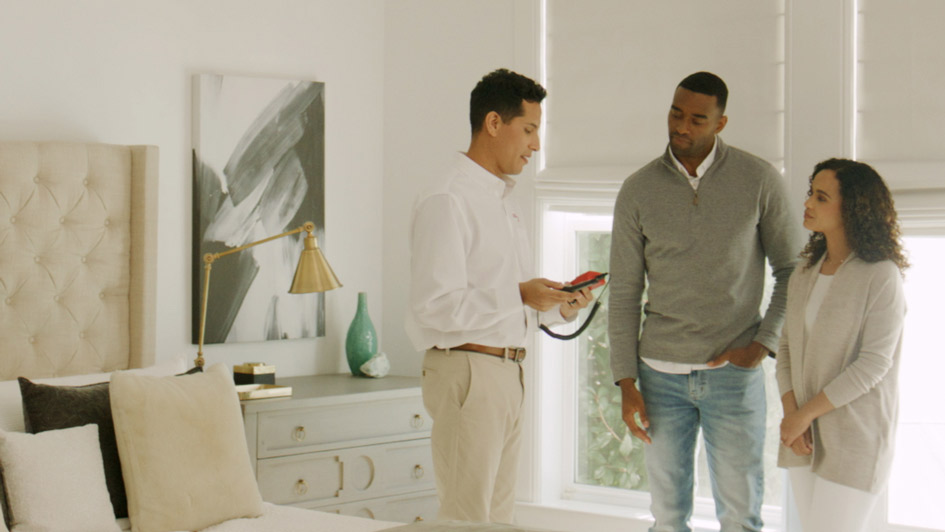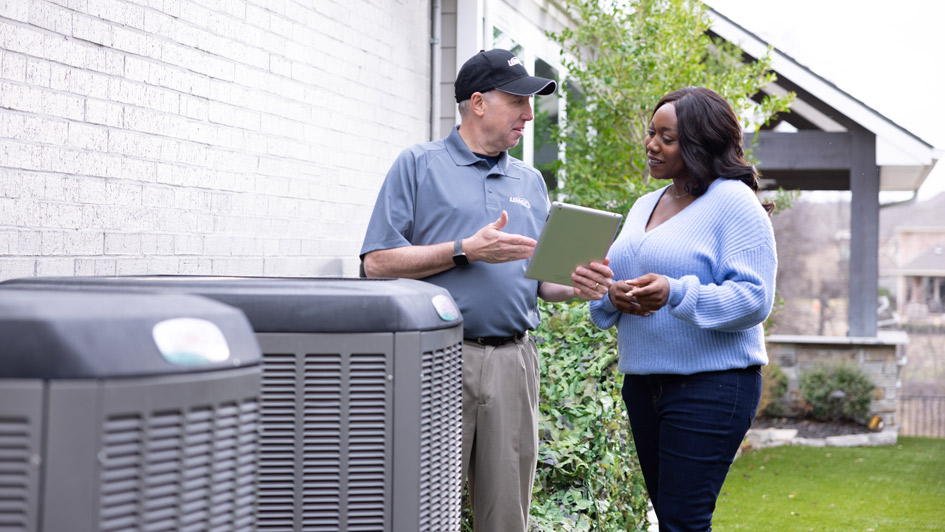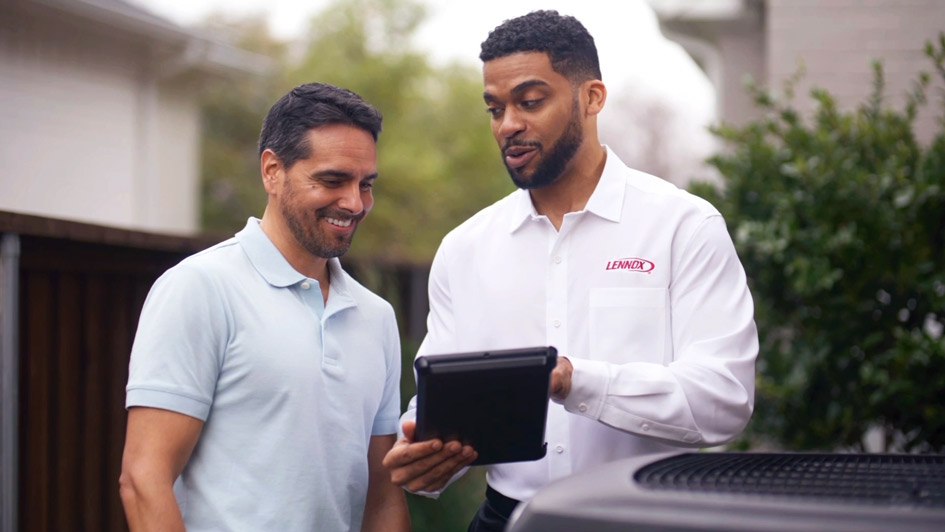Blog
Serving Haines City and These Areas
About Air Commander's Heating & Air Conditioning Co.
At Air Commander's Heating & Air Conditioning Co., making your home comfortable is our top interest. That’s why we supply lasting HVAC solutions and outstanding work in Haines City. Our techs are skilled in a complete range of services, so you can be confident in your results. They’ll provide the assistance you are looking for, whether it’s putting in an up-to-date HVAC system or servicing and inspecting your existing system. We’re available to assist with all of your needs, so ring us at 863-216-2923 or contact us online to schedule an appointment now.
Air Commander's Heating & Air Conditioning Co.
2115 S 30th St.
Haines City, FL 33844
Phone: 863-216-2923
Email: [email protected]
CAC1814736
© 2025 Air Commander's Heating & Air Conditioning Co. | All rights reserved








